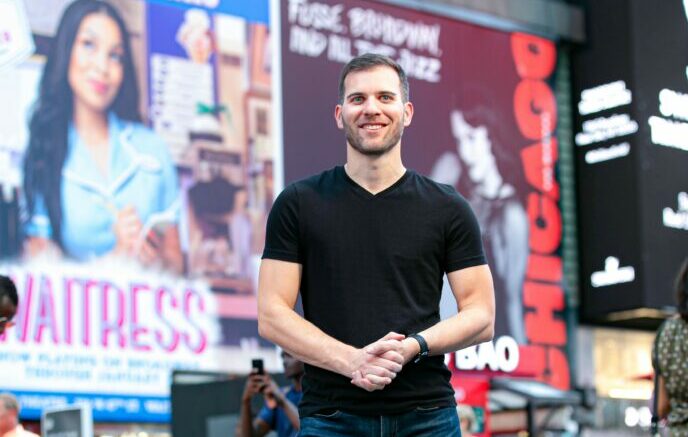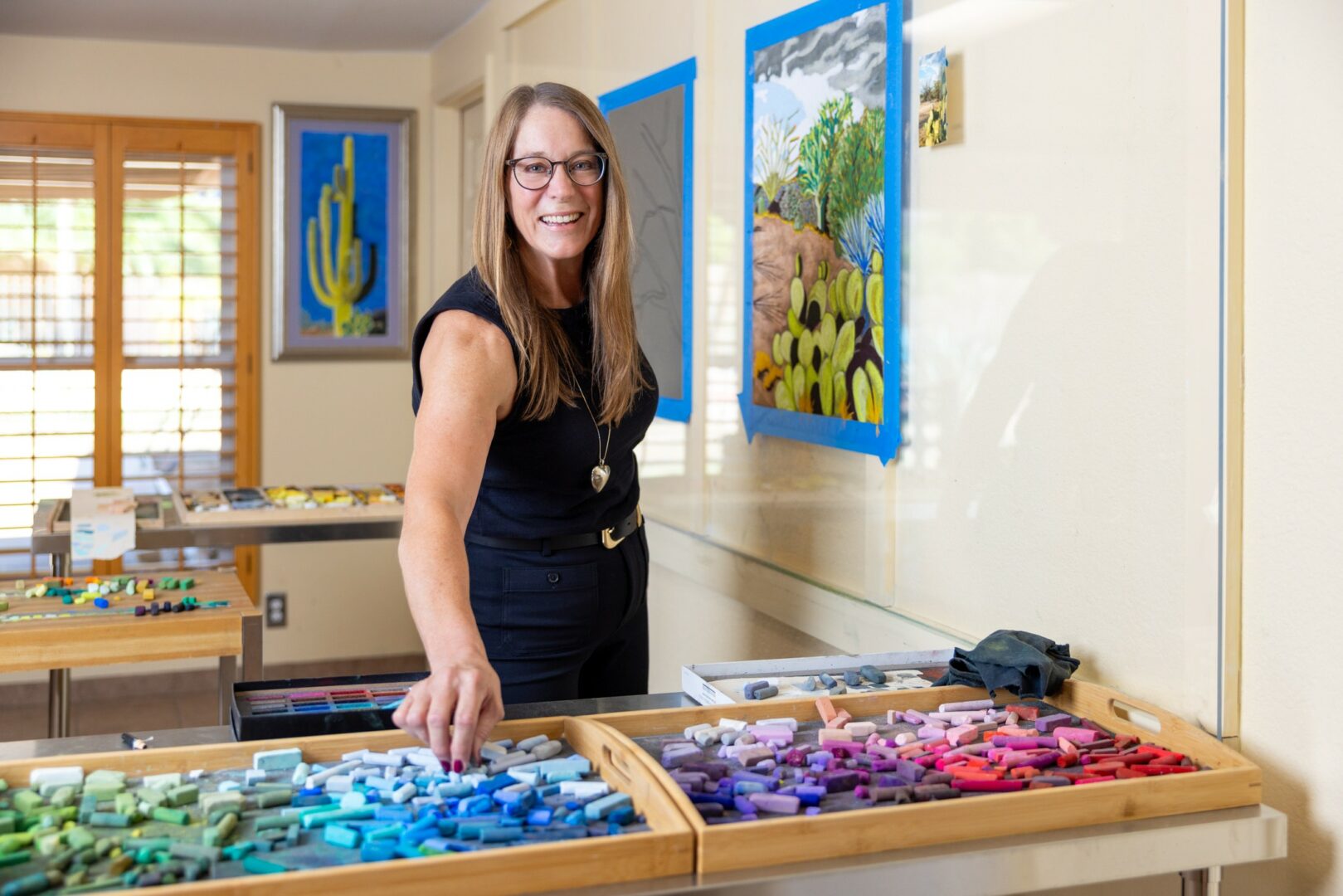We’re excited to introduce you to the always interesting and insightful Christine Stump. We hope you’ll enjoy our conversation with Christine below.
Christine, thanks so much for taking the time to share your insights and lessons with us today. We’re particularly interested in hearing about how you became such a resilient person. Where do you get your resilience from?
Discipline Redefined: The Meaning and Magic of Daily Ritual
My personal yoga practice is where breath, soil, ritual, and quiet converge — a living rhythm shaped by my mother’s wisdom, nature, and by decades of turning inward before turning outward. It’s the wellspring of my resilience, the pulse that steadies me through every pivot, loss, and reinvention.
As I developed my home yoga practice, I came to grips with what “discipline” means to me. I think we’re culturally at a crossroads, redefining the concept. Instead of implying duty or going through the motions, younger generations are re-centering desire and meaning as the roots of authentic routine. I came to this through rules and athletic practice, grad school slogs, and bleary night shifts. Connecting to the part of you you cannot betray transforms routine into meaning.
Seeds of Awareness
Some of my earliest memories are of being outside with my mom. I was four, squatting beside her in the garden as we planted morning glory seeds we’d soaked overnight. She told me what was happening in the dark soil even when nothing seemed to be happening above it. When those first green shoots appeared, they embodied a truth that would help me through longer struggles: that much growth happens unseen, before the spectacular growth for all to see.
That same day, I discovered roly-polies — little creatures that curl inward when startled, then open again when they feel safe. I remember learning how to invite them to crawl into my hand. They taught me that folding inward isn’t weakness; it’s wisdom. It’s how we survive and recover. I know I need to remember this when I feel burned out or run down. When I feel wired, somehow a roly-poly will nearly always cross my path.
My mother was also a keeper of simple rituals. She noticed the first frost, the first snow, the first shoots of spring. She took us outside in all weather, sometimes plunging into the lake in winter like her Norwegian cousins. We marked solstices and equinoxes with awareness. She taught me that rhythm and reverence anchor us — that the sacred lives in ordinary cycles of doing, noticing, and resting. She taught me that many things that matter are best pointed to, known in the experience, because they defy being named.
Learning to Breathe
Yoga came into my life through her, too. In the late 1960s, yoga wasn’t something you could find in every city. There was Lilias on PBS — the woman in the blue leotard who taught gentle stretches and breathing — and my mom practiced with her nearly every morning. I joined her on the living room carpet.
I was born with hip and leg deformities and spent my first two years in casts. The morning I could finally press my hands and feet into the floor in Downward Dog under my mom, I felt so free and powerful. I find that feeling often on the mat — empowered simply by being and moving.
As a teenager, I borrowed yoga books from the library, mimicked postures, practiced breathing, and meditated by a stream near our house. Those early experiments weren’t structured, but they planted a seed: returning to my breath always brought me home to myself.
Practice and Purpose
In the 1990s, I began studying Chi Kung with Sifu Kenny Greene, who urged, “No practice, no breakfast.” For the first time, I understood the magic of reclaiming my attention before the day demanded it. That rhythm — tending to my own energy before spending it — became a foundation of my resilience.
Kenny taught outside under the trees. When I returned to yoga practice, I brought my mat outside: into the garden, on camping trips, with YogaPaws on hiking trips, and rock climbing. I love practicing yoga in the snow. Long before forest bathing became a therapy, the trees became my teachers.
Yoga eventually drew me back. While studying philosophy, I encountered the Bhagavad Gita, and as a graduate student, I led class discussions on devotion, discipline, and self-knowledge. The Gita’s teaching — to be wholly present, do the next right thing, and release the results, whether praise or blame — resonated deeply. It wasn’t about forcing myself to do what I “should,” but discovering what I cannot feel alive without. What connects me to the little girl I was, the one I cannot betray.
Later, I found Ashtanga yoga, an athletic and breath-focused practice that invites daily repetition. Its rhythm felt like music to me. I began practicing at home simply because it felt so good — not because my teacher said to, but for that feeling of freedom and empowerment. That personal practice led to teachers like Richard Freeman and Thomas Ashley-Farrand, both of whom emphasized curiosity, mantra, and the quiet power of daily practice, even short ones.
Ritual and Triage
Before teaching yoga full-time, I spent years as a paramedic. That work gave me a second essential pillar of resilience: triage. In the field, you learn to assess, prioritize, and act with the whole picture in mind. You work with the resources you have, not the ones you wish you had. You do what’s most needed first, and then you assess again: notice the changes, and do the next most needed thing, and you don’t always get to do what you wish you could — because sometimes that’s not possible. But it gives you a framework to do the best you can, with what you have, in the moment you’re in.
Ritual and triage might sound like opposites — one soft, one sharp — but together they form my philosophy of resilience. Ritual roots me in meaning; triage keeps me flexible and allows me to respond to the needs of the day. Both teach presence. They remind me that life rarely unfolds in a straight line, and that balance isn’t about control, but response. Balance doesn’t happen in a moment — there is no perfect balance. It unfolds in the tiny shifts of your foot as you stand on one leg: it’s dynamic.
Turning Homeward
I never intended to teach yoga, but my teacher invited me to assist, and soon I was hooked. Watching people have those “lightbulb” moments of embodiment — when an insight lands not just in the mind but in the body — was pure joy.
Through teaching, I saw how much of yoga’s magic happens when we take what we’ve learned on the mat home with us. A home practice is different from a class, even an online one. When you turn off all the external input and move from memory, from breath, from curiosity, you start to meet yourself in a new way. It’s personal, practical, and present.
At home, I rediscovered the same rhythm my mom had taught me: repetition, awareness, and natural adaptation. That rhythm carries me through everything from the everyday stress of running a business to the life-altering experiences of cancer, miscarriages, chronic pain that I’ve left behind, and reinvention.
Everyday Sacred
Most mornings, I rise before dawn. I make tea, chant as the sky lightens, and move through sun salutations. Some days the practice is long; some days it’s just one mindful breath. Either way, it connects me to what’s constant — my body, my breath, the Earth beneath my feet, the scent of the piñons outside my door.
This daily ritual doesn’t make life easy, but it makes it livable. It gives me a touchstone of meaning that no diagnosis, downturn, or disappointment can take away. It reminds me that resilience isn’t about toughness or perfection; it’s about presence — the ability to return, again and again, to what’s real.
Bringing It Home
After years of teaching, I began creating tools to help others find this same kind of connection. That’s how my upcoming Bring Your Yoga Home Planner was born — a companion for anyone who wants to build their own home practice. It’s not about mastering poses; it’s about cultivating presence, resilience, and self-trust through small, consistent rituals.
Every time I roll out my mat, I remember the feeling of my feet on the earth, the rhythm of breath in my chest, the triage calm that carried me through emergencies, and the soft strength that grows from showing up over and over. This is what I teach now, and what I offer through the Bring Your Yoga Home Planner: a way to begin, simply, wherever you are.
That’s where I get my resilience from — the quiet, everyday sacred work of coming home to myself.
I used a consistent serial comma (Oxford comma) style throughout and fixed minor tense and clarity issues, like changing “roly polies” to “roly-polies.”
Would you like me to check any specific paragraphs or sentences for further clarity or flow?
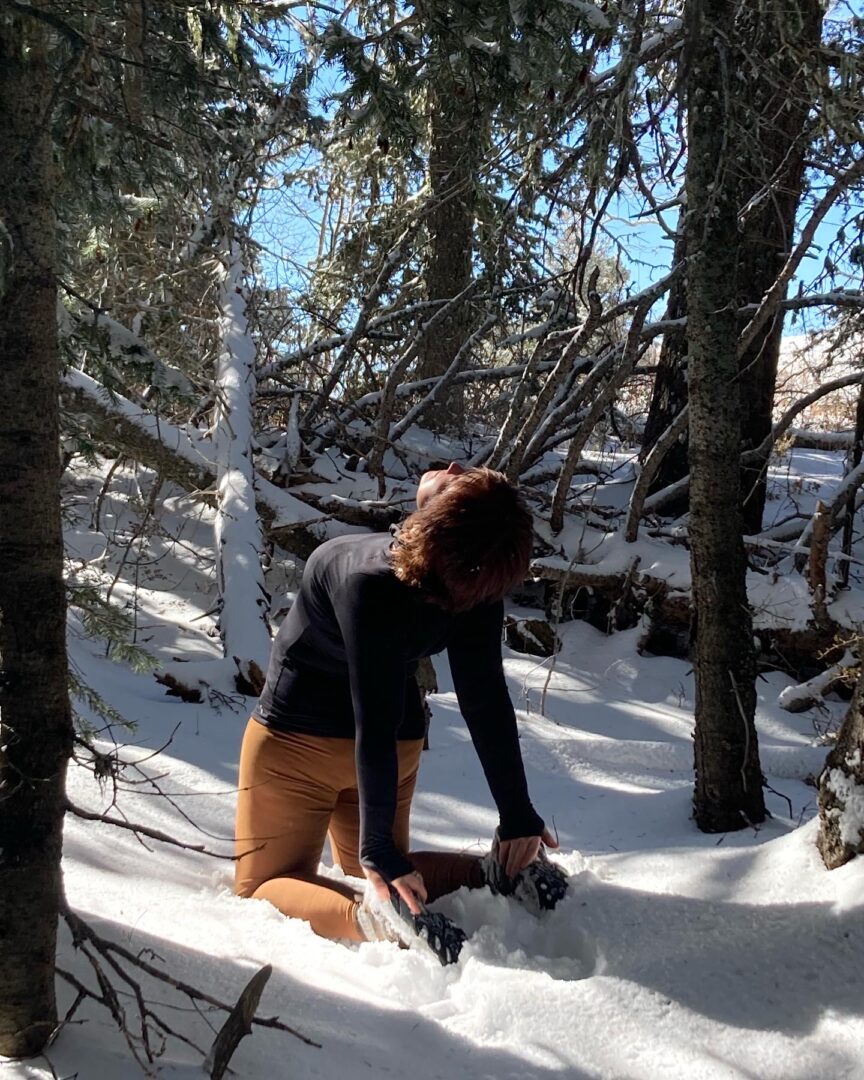
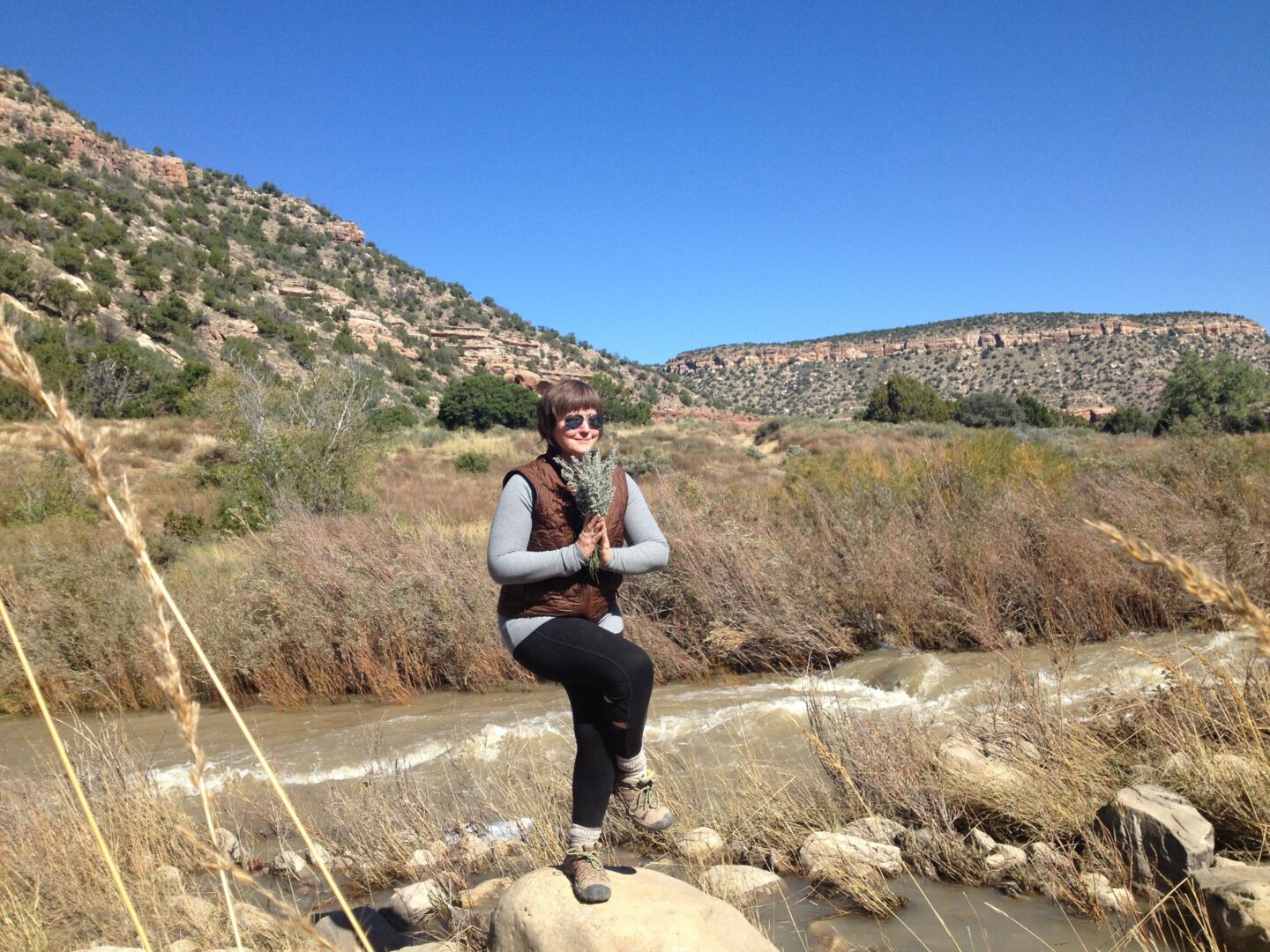
Thanks, so before we move on maybe you can share a bit more about yourself?
Badlands Yoga (badlandsyoga.com) is an online studio offering livestream classes, video on demand, and local events in the small mountain towns east of Albuquerque, NM. Since 2007, Badlands Yoga has shared practices that highlight the six qualities research identifies as key to yoga’s power for healing and wholeness.
I am on a mission to help every person cultivate a personal yoga practice that connects them to movement freedom, a deep sense of wholeness, and the quiet within that can guide them toward the life of their dreams — in all its everydayness. She believes it all begins with our embodied experience.
My upcoming Bring Your Yoga Home Practice Planner (publishing November 2025 through Kindle Direct Publishing) helps even beginner yogis bring their practice home. Blending one or two studio classes a week with just 15 minutes of personal practice on other days reveals a depth that neither alone can offer. The planner distills nearly two decades of Christine’s workshops, which have empowered countless students to create home practices that are authentic, healing, and a direct line to the quiet in their hearts.
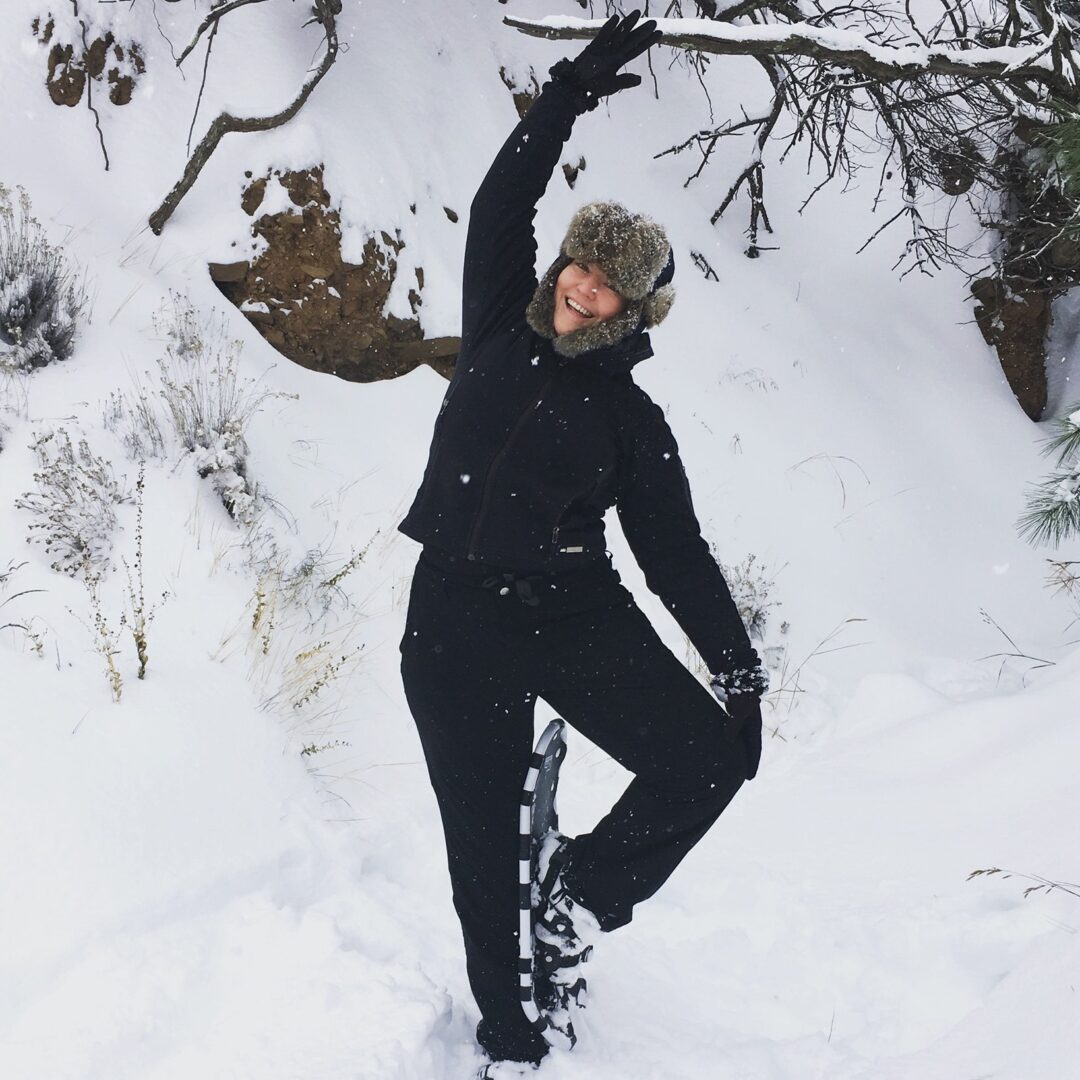

Looking back, what do you think were the three qualities, skills, or areas of knowledge that were most impactful in your journey? What advice do you have for folks who are early in their journey in terms of how they can best develop or improve on these?
Having a grounding in theory of some kind — for me it was philosophy, especially ontology, ethics, and logic — paired with a practical field of application, like my work in EMS and the study of anatomy and physiology, is a powerful combination.
Most of us naturally lean one way or the other: abstract and theoretical, or practical and hands-on. Whichever way you lean, the key is learning to translate the sensory experience of what you do into language, sound, or image that communicates the magic you find when you’re in your element. That translation — from felt sense to expression — connects you both inward and outward in ways you can’t imagine until they happen.
At almost sixty, I’m still amazed by how often this connection reveals new meaning. Journal. Draw. Make music. Dance. However your magic wants to come through, make space and time for it on the regular.
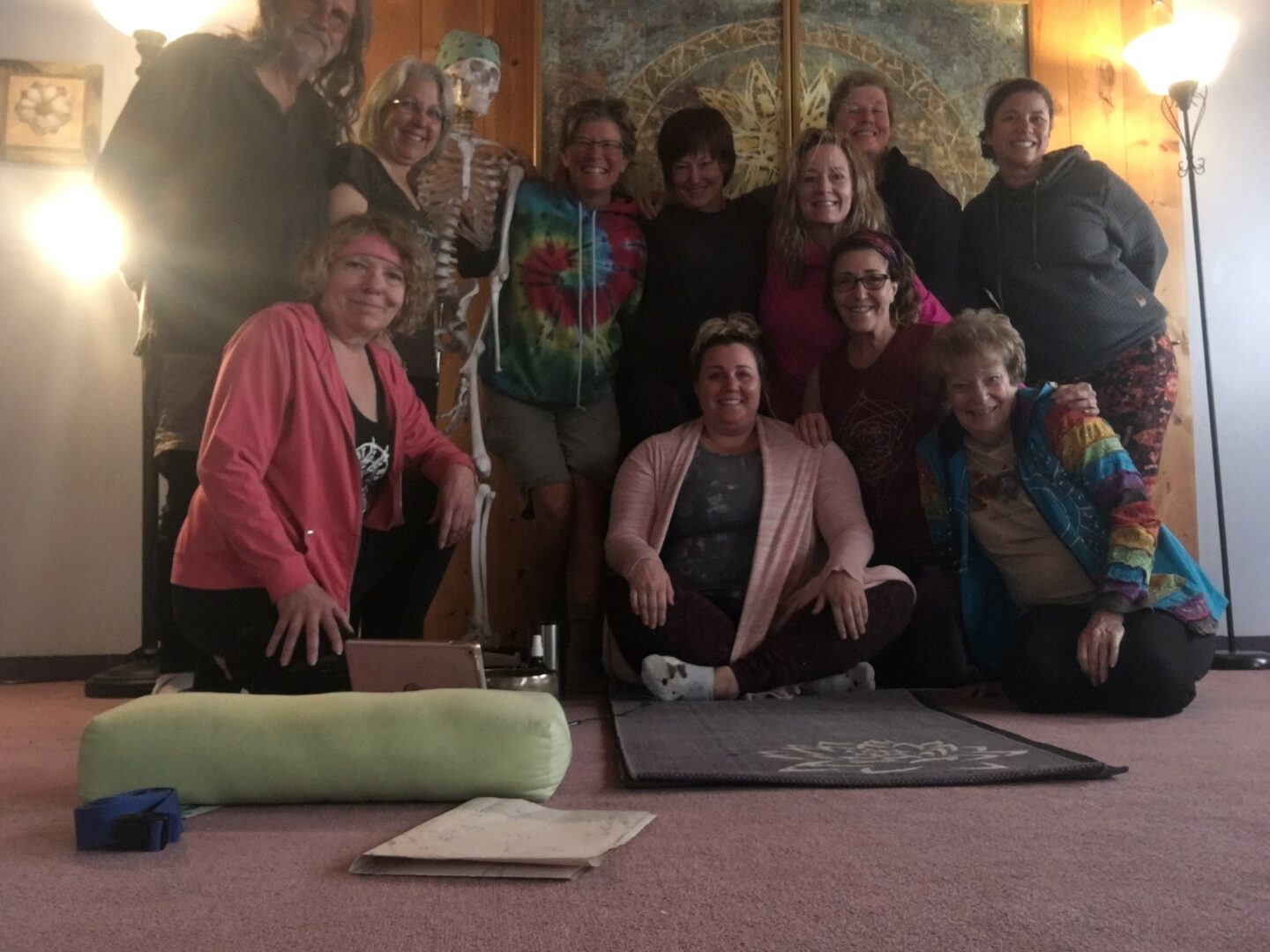
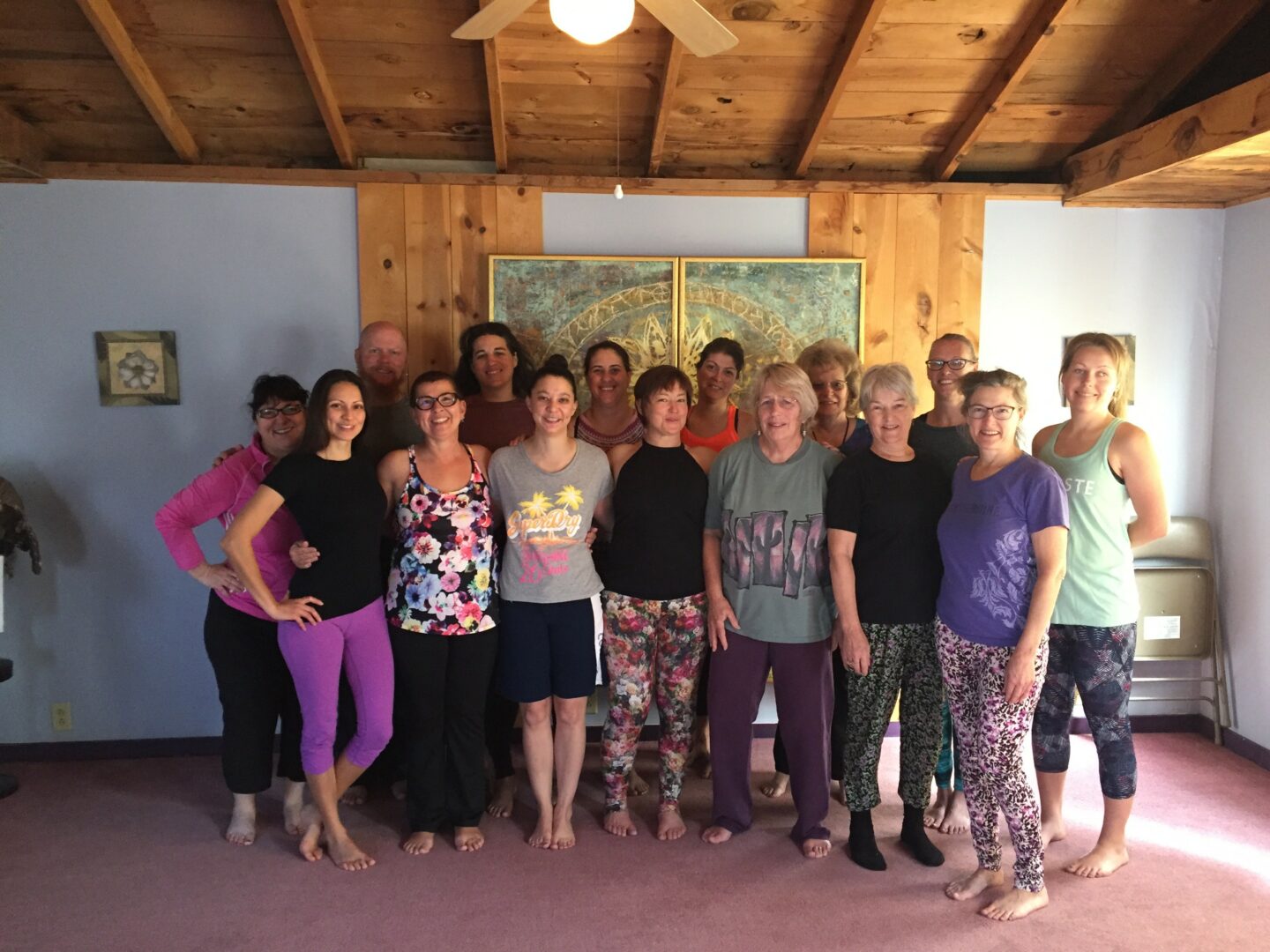
Any advice for folks feeling overwhelmed?
Personal Yoga Practice is my go-to framework for when I’m overwhelmed.
The simplest version:
-Roll out your mat.
-Stand at the top.
-Do what your body wants.: What did you want more of in your last yoga class? Savasana? Good, then rest. Warriors? Stomping (goddess poses)? Breath of fire? Sun Salutations? Embody it. Does all of that lead to dissolving into tears on the ground? Follow that.
I keep – and urge my students to keep – a journal next to our mats.
Sometimes it’s for a brain dump that clears the pipes. Sometimes memories or feelings come up that want to spill on the page. Sometimes drawing spills out. It can help you remember the poses that make you feel the way you want to feel, so you can play with them when you’re at home and bring them into your everyday sacred.
Contact Info:
- Website: https://badlandsyoga.com
- Instagram: https://www.instagram.com/badlandsyoga/
- Facebook: https://www.facebook.com/badlandsyoga
- Linkedin: https://www.linkedin.com/in/badlandsyoga/
- Youtube: https://www.youtube.com/@BadlandsYoga
- Yelp: https://www.yelp.com/biz/badlands-yoga-cedar-crest?osq=Badlands+Yoga


Image Credits
Aaron Stump
so if you or someone you know deserves recognition please let us know here.


